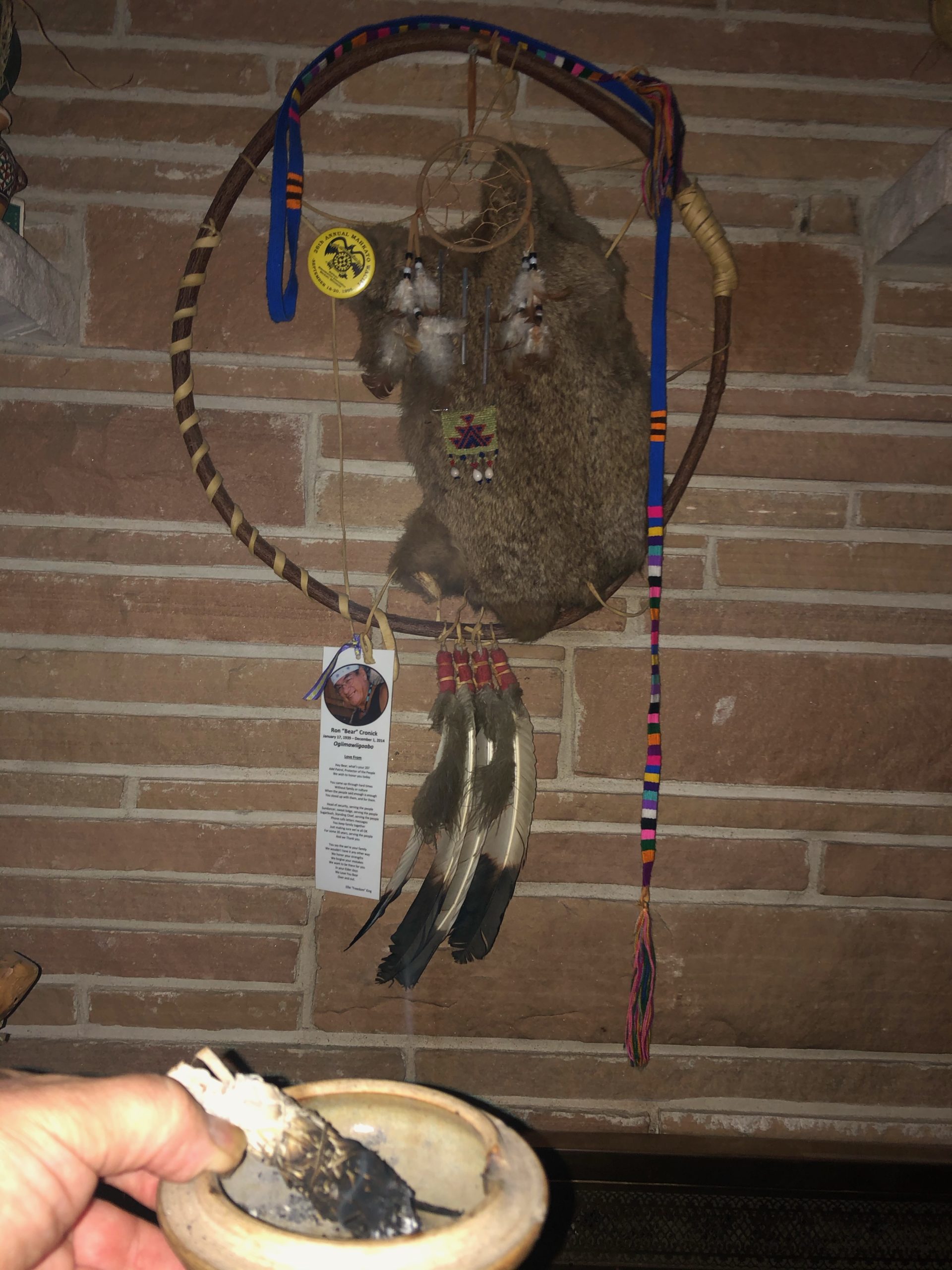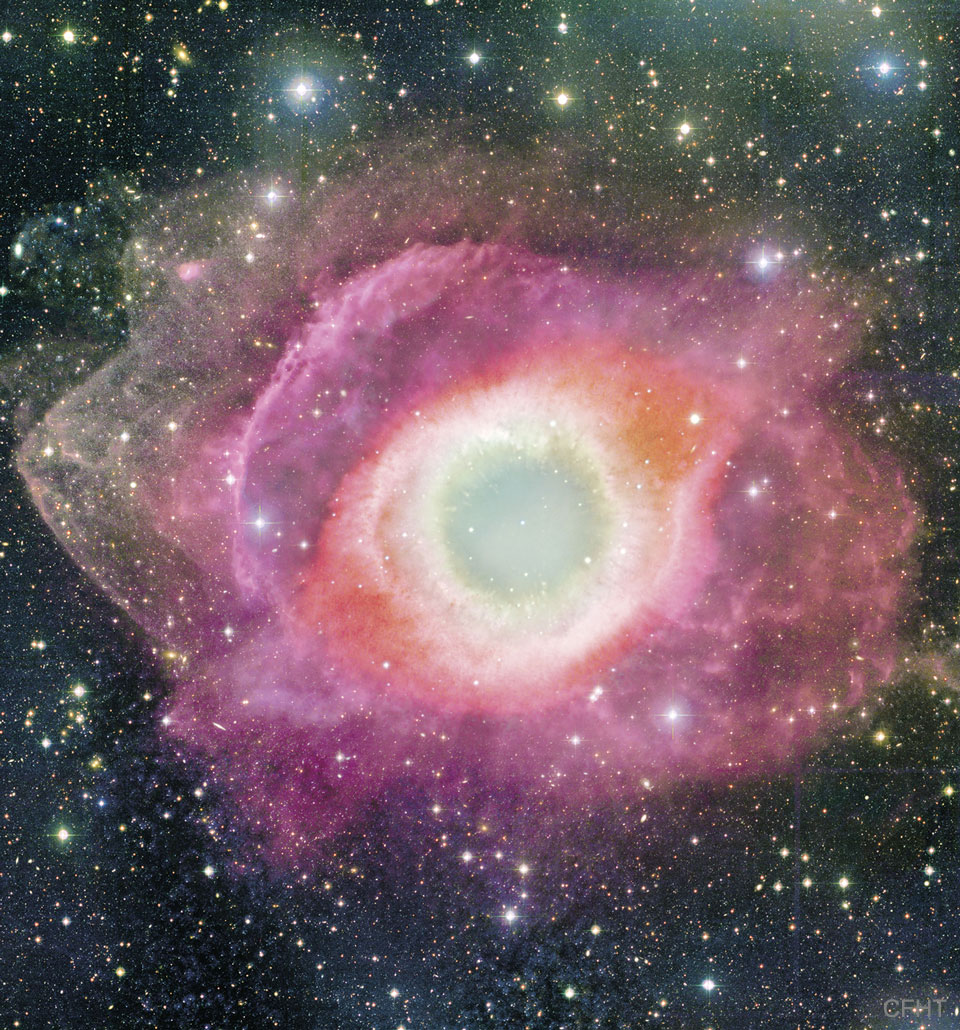Blog
Smudging Thanksgiving Ceremony 2020
Commemorating todays NATIONAL DAY OF MOURNING,
Created by the Wampanoag First Nation People of New England/Massachusetts and what the white people call THANKSGIVING.
As a young adult free spirit, my community would smudge our cabins/homes as a way to cleanse since the days I lived in Colorado. But it was Amos Owen, Dakota Medicine man at Prairie Island, who really taught me the power of smudging.
2020 the transformative year of incredible challenges, devastation and political turmoil. Let us purify our homes and spirit in preparation of tomorrow and begin the Healing of COVID and the Healing in Our Hearts and move forward with the power of our Ancestors and Loved Ones to a New and Vibrant Future United as One People of Mother Earth! And Give Thanks each and everyday we are here alive, living and breathing!

Some of the most stunning views of our sky occur at sunset, when sunlight pierces the clouds, creating a mixture of bright and dark rays formed by the clouds’ shadows and the beams of light scattered by the atmosphere. Astronomers studying the nearby galaxy IC 5063 are tantalized by a similar effect in this new image from the NASA/ESA Hubble Space Telescope. In this case, a collection of narrow bright rays and dark shadows is seen beaming out of the blazingly bright center of the active galaxy, shooting across at least 36,000 light-years. Astronomers have traced the rays back to the galaxy’s core, the location of an active supermassive black hole. The black hole is feeding on infalling material, producing a powerful gusher of light from superheated gas near it. Although the researchers have developed several plausible theories for the lightshow, the most intriguing idea suggests that the shadows are being cast into space by an inner tube-shaped ring, or torus, of dusty material surrounding the black hole. IC 5063 resides 156 million light-years from Earth.

November 25th 1939
Lew Woodall meandered a long and winding pathway before finding his way to jazz. After playing rock, top forty, beach, and blues earlier in his career and ceasing to play completely for a period of 12 years; he has recorded 4 jazz CDs since he began playing jazz gigs in 2000. His 2008 and 2009 CDs Simply Cooking and Simply Cooking II, Second Time Around are produced and distributed by Paolo Piangiarelli of Philology Jazz Records. On these two albums, Lew is joined by renowned bebop pianist, Hod O’Brien, bassist, Tom Harbeck, and drummer, Joel Lubliner. In 2006, Lew released Texas Trip which was recorded in Dallas and features old friend, John Bryant (former drummer for Ray Charles) and Dallas/Fort Worth Hammond B3 organ master, Tommy Young. Lew’s first jazz CD, Kiss You Momma was released in 2002. On this album, Lew shares lead guitar honors with renowned jazz player, guitarist, Royce Campbell. They are joined by Matt Kendrick on bass and Lubliner on drums.
Lew’s path to playing jazz may have been winding; but his path to loving jazz was short and direct. He was born in Bassett, Virginia on November 25, 1939. When he was 2 years old, his mother died and he and his sister went to live with grandparents in neighboring Patrick County. Living a farm life without the benefit of indoor plumbing or electricity did not deter Lew from developing an ear for jazz. He remembers, as a 5-year old, scanning the dial of the old dry-cell battery powered radio in search of jazz and Latin stations and listening to Glen Miller and others playing jazz in the forties. Music was a big part of Lew’s childhood. One grandfather played the banjo and the other played the fiddle. He fondly remembers spending summer nights at the tobacco barn with his grandfather and enjoying the impromptu jams as neighbors gathered around with a variety of musical instruments.
more...Nat Adderley (November 25, 1931 – January 2, 2000) was an American jazz trumpeter. He was the younger brother of saxophonist Julian “Cannonball” Adderley, whom he supported and played with for many years. Adderley’s composition “Work Song” (1960) is a jazz standard, and also became a success on the pop charts after singer Oscar Brown Jr. wrote lyrics for it.
Nathaniel Carlyle Adderley was born in Tampa, Florida, but moved to Tallahassee when his parents were hired to teach at Florida A&M University. His father played trumpet professionally in his younger years, and he passed down his trumpet to Cannonball. When Cannonball picked up the alto saxophone, he passed the trumpet to Nat, who began playing in 1946. He and Cannonball played with Ray Charles in the early 1940s in Tallahassee and in amateur gigs around the area.
more...Paul Desmond (born Paul Emil Breitenfeld, November 25, 1924 – May 30, 1977) was an American jazz alto saxophonist and composer, best known for his work with the Dave Brubeck Quartet and for composing that group’s biggest hit, “Take Five“. He was one of the most popular musicians to come out of the cool jazz scene.
In addition to his work with Brubeck, he led several groups and collaborated with Gerry Mulligan, Chet Baker, Jim Hall, and Ed Bickert. After years of chain smoking and poor health, Desmond succumbed to lung cancer in 1977 after a tour with Brubeck.
Desmond was born Paul Emil Breitenfeld in San Francisco, California, in 1924, the son of Shirley (née King) and Emil Aron Breitenfeld.[1] His grandfather Sigmund Breitenfeld was, according to an obituary, born in Austria in 1857. Sigmund Breitenfeld, a medical doctor, emigrated to New York City with his wife Hermine (born Hermine Lewy) at the end of the 19th century, and the Breitenfelds raised their four children (including Desmond’s father Emil) with no religion.
more...Edward Riley Boyd (November 25, 1914 – July 13, 1994) was an American blues pianist, singer and songwriter, best known for his recordings in the early 1950s, including the number one R&B chart hit “Five Long Years“.
Boyd was born either on Stovall’s Plantation, near Clarksdale, Mississippi, or on Frank Moore’s Plantation, near Stovall, Mississippi. He learned to play the guitar and the piano. His piano playing was influenced by the styles of Roosevelt Sykes and Leroy Carr.
Boyd moved to the Beale Street district of Memphis, Tennessee, in 1936, where he played with his group, the Dixie Rhythm Boys. He then joined the Great Migration of African Americans north to the factories of Chicago in 1941. He recorded for Bluebird Records, accompanying such musicians as Sonny Boy Williamson, Jazz Gillum, Muddy Waters, and Tampa Red, before making his first recordings under his own name, in 1947.
He decided to produce his own recordings, and took two demos to Joe Brown at J.O.B. Records, who agreed to re-record the tracks. In May 1952 he recorded “Five Long Years“, which became a huge hit, topping the Billboard R&B chart for seven weeks late in the year. He signed with Parrot Records, which then sold his contract to Chess Records. Boyd had two further hits for Chess in 1953, “24 Hours” and “Third Degree” (co-written by Willie Dixon), both of which reached number three on the R&B chart.
more...https://www.youtube.com/watch?v=QV6mkc7aeXI&t=64s
more...The Helix Nebula is one of brightest and closest examples of a planetary nebula, a gas cloud created at the end of the life of a Sun-like star. The outer gasses of the starexpelled into space appear from our vantage point as if we are looking down a helix. The remnant central stellar core, destined to become a white dwarf star, glows in light so energetic it causes the previously expelled gas to fluoresce. The Helix Nebula, given a technical designation of NGC 7293, lies about 700 light-years away towards the constellation of the Water Bearer (Aquarius) and spans about 2.5 light-years. The featured picturewas taken with the Canada-France-Hawaii Telescope (CFHT) located atop a dormant volcano in Hawaii, USA. A close-up of the inner edge of the Helix Nebula shows complex gas knots of unknown origin.

Donald “Duck” Dunn (November 24, 1941 – May 13, 2012) was an American bass guitarist, session musician, record producer, and songwriter. Dunn was notable for his 1960s recordings with Booker T. & the M.G.’s and as a session bassist for Stax Records. At Stax, Dunn played on thousands of records, including hits by Otis Redding, Sam & Dave, Rufus Thomas, Carla Thomas, William Bell, Eddie Floyd, Johnnie Taylor, Albert King, Bill Withers, Elvis Presley and many others. In 1992, he was inducted in the Rock and Roll Hall of Fame as a member of Booker T. & the M.G.’s. He is ranked number 40 on Bass Player magazine’s list of “The 100 Greatest Bass Players of All Time”.
Dunn was born in Memphis, Tennessee. His father nicknamed him “Duck” while watching Disney cartoons with him one day. Dunn grew up playing sports and riding his bike with another future professional musician, Steve Cropper.
https://www.youtube.com/watch?v=NfdPNMaBWI0
more...Wild Bill Davis (November 24, 1918 – August 17, 1995) was the stage name of American jazz pianist, organist, and arranger William Strethen Davis.
Davis was born in Glasgow, Missouri. He is best known for his pioneering jazz electronic organ recordings and for his tenure with the Tympany Five, the backing group for Louis Jordan. Prior to the emergence of Jimmy Smith in 1956, Davis (whom Smith had reportedly first seen playing organ in the 1930s) was the pacesetter among organists.
Davis originally played guitar and wrote arrangements for Milt Larkin‘s Texas-based big band during 1939–1942, a band which included Arnett Cobb, Illinois Jacquet, and Tom Archia on horns. After leaving the Larkin orchestra, Davis worked in Chicago as a pianist, recording with Buster Bennett in 1945. He played a crucial role as the pianist-arranger in Jordan’s Tympany Five (1945–1947) at the peak of their success. After leaving Jordan, he returned to Chicago for a time, recording again with Buster Bennett and working with Claude McLin. After switching from piano to organ, Davis moved to the East Coast. In 1950, he began leading an influential trio of organ, guitar, and drums, which recorded for OKeh Records.
Davis was originally supposed to record “April in Paris” with Count Basie‘s Orchestra in 1955 but when he could not make the session, Basie used his arrangement for the full band and had a major hit.
more...Theodore Shaw Wilson (November 24, 1912 – July 31, 1986) was an American jazz pianist. Described by critic Scott Yanow as “the definitive swing pianist”, Wilson’s sophisticated and elegant style was featured on the records of many of the biggest names in jazz, including Louis Armstrong, Lena Horne, Benny Goodman, Billie Holiday, and Ella Fitzgerald. With Goodman, he was one of the first black musicians to appear prominently with white musicians. In addition to his extensive work as a sideman, Wilson also led his own groups and recording sessions from the late 1920s to the 1980s.
Wilson was born in Austin, Texas, on November 24, 1912. He studied piano and violin at Tuskegee Institute in Tuskegee, Alabama. After working in Speed Webb‘s band, with Louis Armstrong, and also understudying Earl Hines in Hines’s Grand Terrace Cafe Orchestra, Wilson joined Benny Carter‘s Chocolate Dandies in 1933. In 1935, he joined the Benny Goodman Trio (which consisted of Goodman, Wilson and drummer Gene Krupa, later expanded to the Benny Goodman Quartet with the addition of Lionel Hampton). The trio performed during the big band‘s intermissions. By joining the trio, Wilson became one of the first black musicians to perform prominently in a racially integrated group.
more...Scott Joplin (c. 1868 – April 1, 1917) was an American composer and pianist. Joplin achieved fame for his ragtime compositions and was dubbed the King of Ragtime. During his brief career, he wrote over 100 original ragtime pieces, one ragtime ballet, and two operas. One of his first and most popular pieces, the “Maple Leaf Rag“, became ragtime’s first and most influential hit, and has been recognized as the archetypal rag.
Joplin grew up in a musical family of railway laborers in Texarkana, Arkansas, and developed his own musical knowledge with the help of local teachers. While in Texarkana, Texas, he formed a vocal quartet and taught mandolin and guitar. During the late 1880s, he left his job as a railroad laborer and traveled the American South as an itinerant musician. He went to Chicago for the World’s Fair of 1893, which played a major part in making ragtime a national craze by 1897.
Joplin moved to Sedalia, Missouri in 1894 and earned a living as a piano teacher. There he taught future ragtime composers Arthur Marshall, Scott Hayden and Brun Campbell. He began publishing music in 1895 and publication of his “Maple Leaf Rag” in 1899 brought him fame. This piece had a profound influence on writers of ragtime. It also brought Joplin a steady income for life, though he did not reach this level of success again and frequently had financial problems. In 1901, Joplin moved to St. Louis, where he continued to compose and publish and regularly performed in the community. The score to his first opera, A Guest of Honor, was confiscated in 1903 with his belongings for non-payment of bills, and is now considered lost.
In 1907, Joplin moved to New York City to find a producer for a new opera. He attempted to go beyond the limitations of the musical form that had made him famous but without much monetary success. His second opera, Treemonisha, was never fully staged during his life.
In 1916, Joplin descended into dementia as a result of syphilis. He was admitted to Manhattan State Hospital in January 1917 and died there three months later at the age of 48. Joplin’s death is widely considered to mark the end of ragtime as a mainstream music format; over the next several years, it evolved with other styles into stride, jazz and eventually big band swing.
Joplin’s music was rediscovered and returned to popularity in the early 1970s with the release of a million-selling album recorded by Joshua Rifkin. This was followed by the Academy Award-winning 1973 film The Sting, which featured several of Joplin’s compositions, most notably “The Entertainer“, a piece performed by pianist Marvin Hamlisch that received wide airplay. Treemonisha was finally produced in full, to wide acclaim, in 1972. In 1976, Joplin was posthumously awarded a Pulitzer Prize.
more...https://www.youtube.com/watch?v=Rcq93txBdtM
more...More Posts
- Lucky Thompson Day
- World Music with Sherrifo Konteh
- Daily Roots with Culture
- The Cosmos with NGC 3190
- Jaki Byard Day
- Erroll Garner Day
- World Music with Paco Soto
- Daily Roots with Amy Winehouse
- The Cosmos with RCW 57
- Marcus Miller Day
- Kenny Drew Jr Day
- Junior Walker Day
- World Music with Amadu Bansang Jobarteh
- Daily Roots with Sly & Robbie
- The Cosmos with NGC 6164
- Attila Zoller Day
- Wild Bill Moore Day
- Don Cheatham Day
- World Music with Slonovski Bal